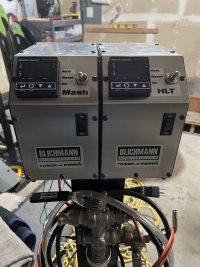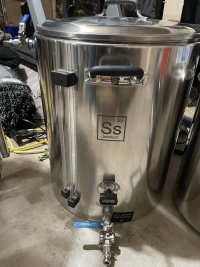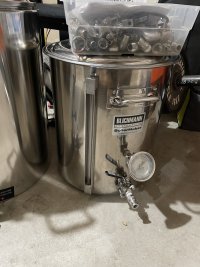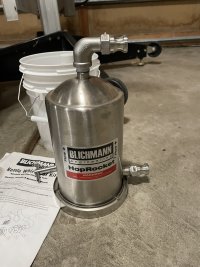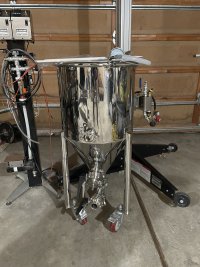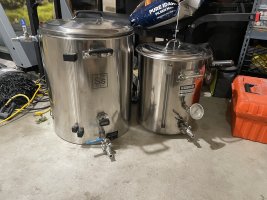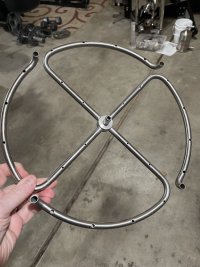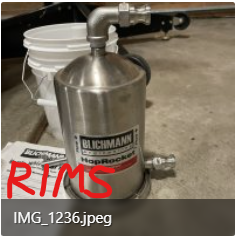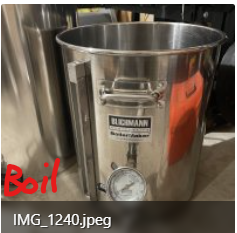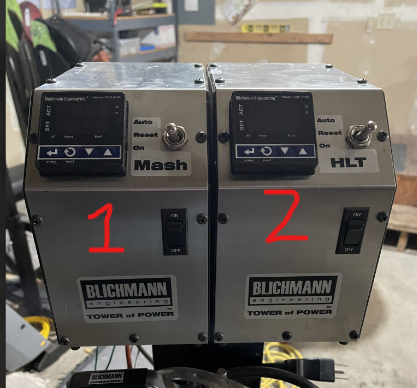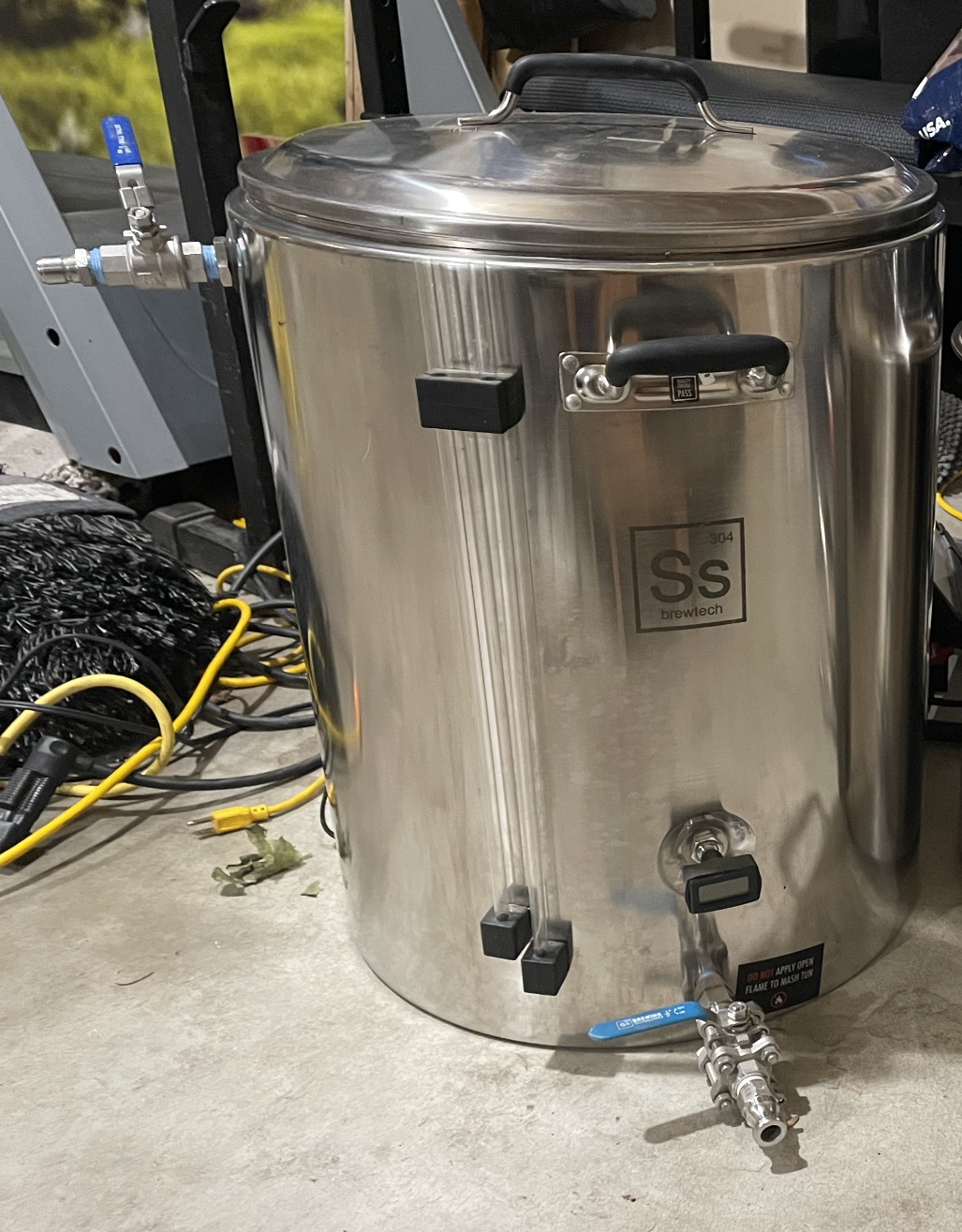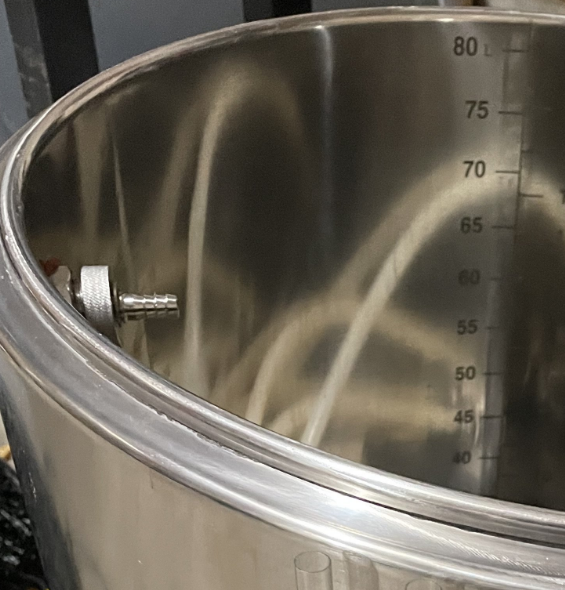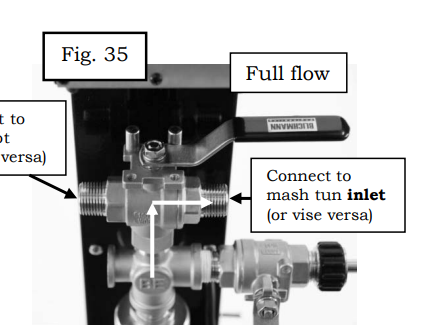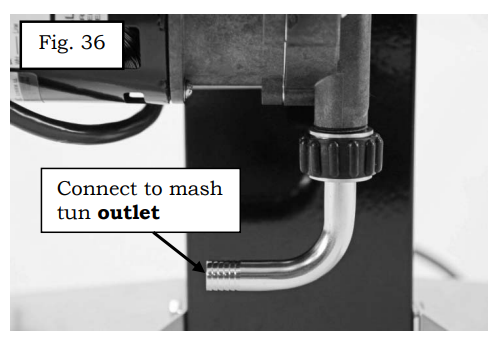I just bought a used 10+ gallon system and this will be my first time attempting all-grain brewing. I am pretty frustrated and every question I asked the local expert brew shop is just answered with a harder question (if I wanted this kind of treatment, I would see a therapist!)
I had good success with box kits and canned malt +dry malt and grain steeped in a bag. I did great with that. Bottled with priming sugar. Made some funny labels with my face and everything. It is so much fun.
Honestly, I'm not the science type--some here are really smart students of science... some are more like chefs, I suppose... me, I am just trying to make a simple beer. An ale, I guess. The style is not very important to me at this time. I am happy if the system produces... beer.
I'm not trying to win the Catalina Wine Mixer or anything. Just having fun with a hobby.
Can anyone advise re set up? I mean, from the kindergarten level. I'm not pretending to know anything--except that I did about a dozen successful stovetop box kits. This stainless and all-grain setup is a whole new thing, and I am overwhelmed and feeling completely discouraged.
Pick me up!
Thank you for reading!
I had good success with box kits and canned malt +dry malt and grain steeped in a bag. I did great with that. Bottled with priming sugar. Made some funny labels with my face and everything. It is so much fun.
Honestly, I'm not the science type--some here are really smart students of science... some are more like chefs, I suppose... me, I am just trying to make a simple beer. An ale, I guess. The style is not very important to me at this time. I am happy if the system produces... beer.
I'm not trying to win the Catalina Wine Mixer or anything. Just having fun with a hobby.
Can anyone advise re set up? I mean, from the kindergarten level. I'm not pretending to know anything--except that I did about a dozen successful stovetop box kits. This stainless and all-grain setup is a whole new thing, and I am overwhelmed and feeling completely discouraged.
Pick me up!
Thank you for reading!
Last edited:


